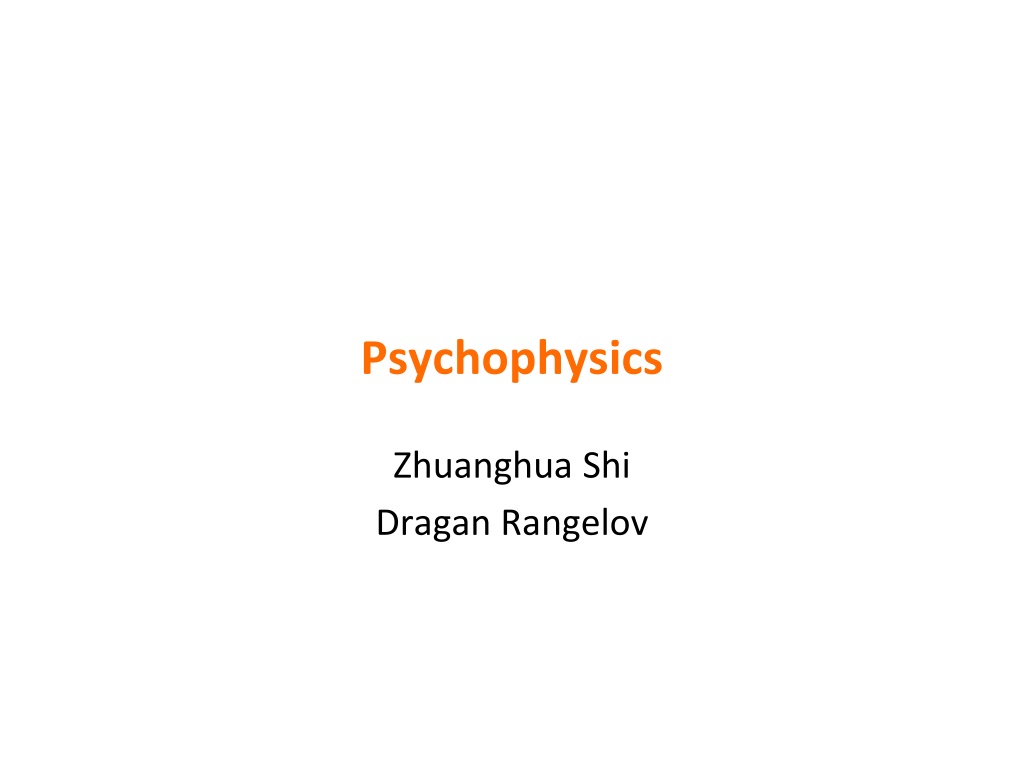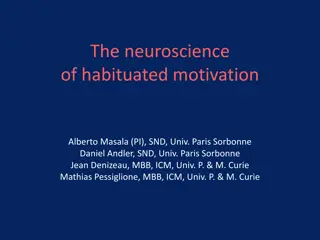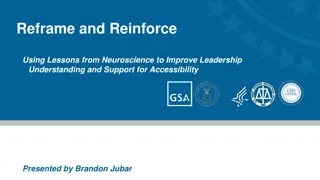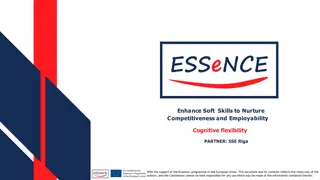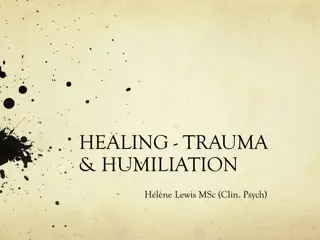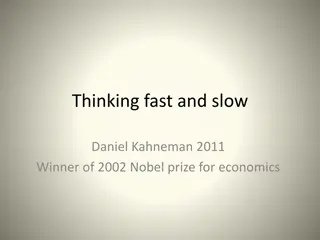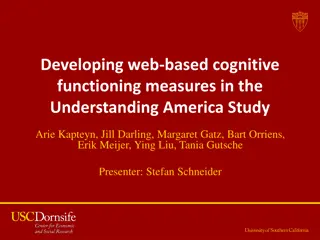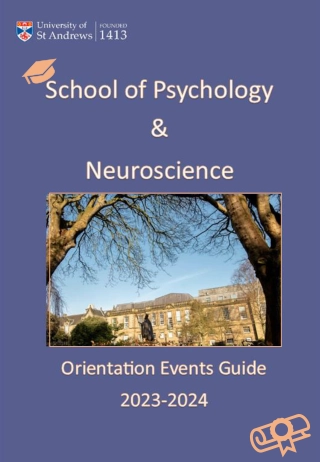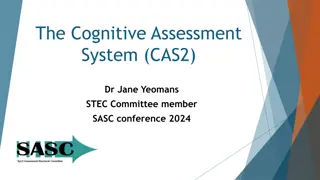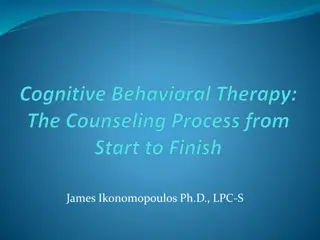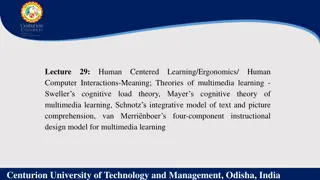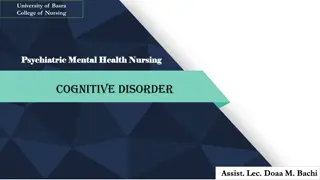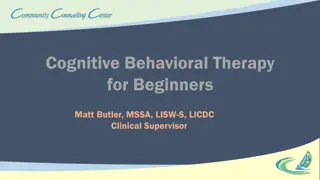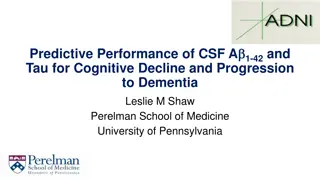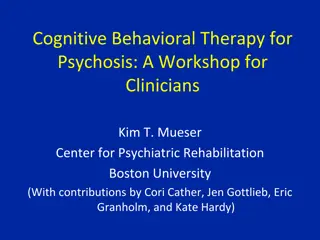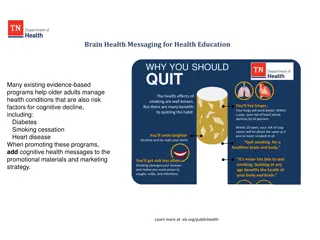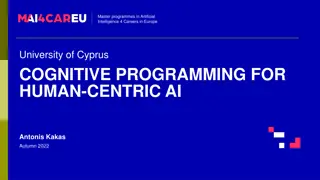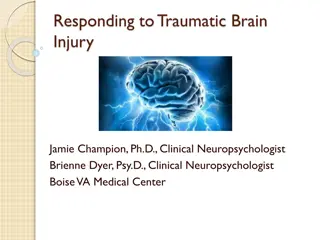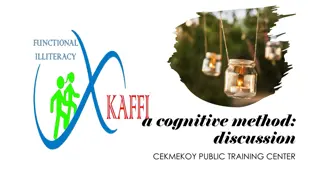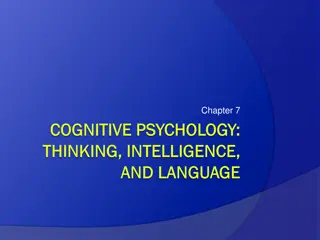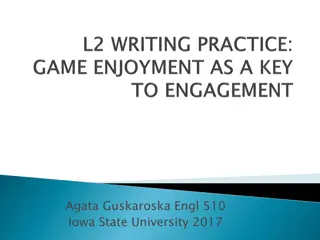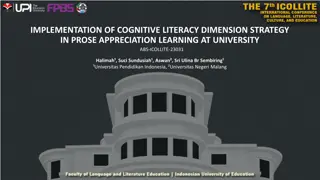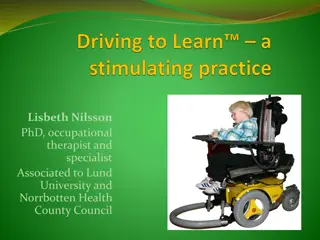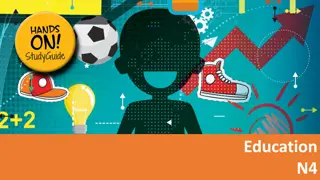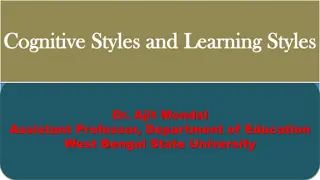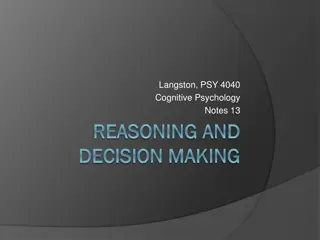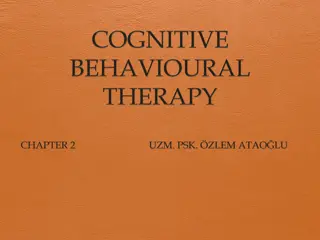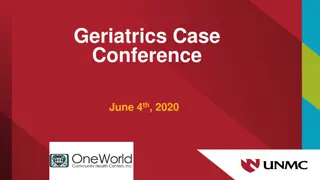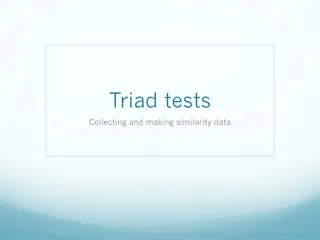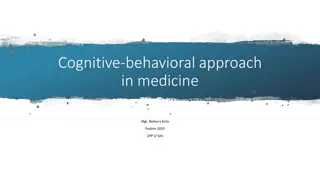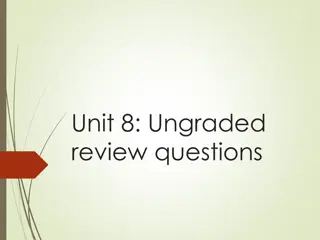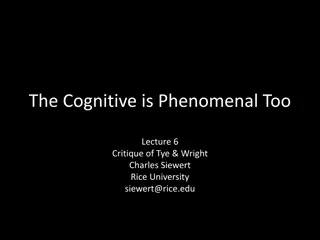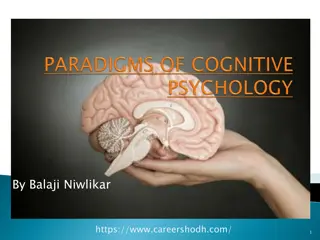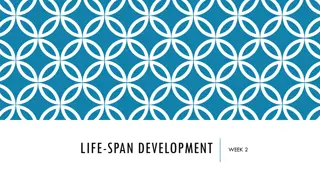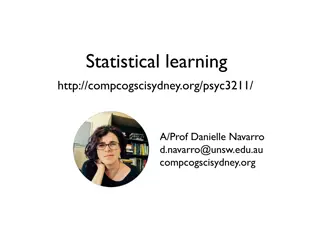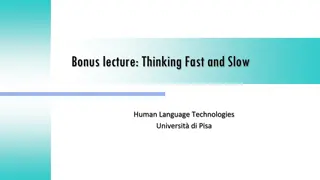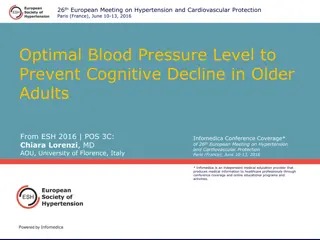Understanding Psychophysical Methods in Cognitive Neuroscience
This collection of images explores the field of psychophysics, focusing on perception, reality, behavior, and the analysis of cognitive functions. The images delve into the reasons for studying psychophysical methods, the complexity of neuro-cognitive phenomena, and the importance of behavioral measures in interpreting neuroimaging results. Additionally, they touch upon topics such as the tilt illusion, cognitive system functions, and the neuroscience behind perceptual errors.
Download Presentation

Please find below an Image/Link to download the presentation.
The content on the website is provided AS IS for your information and personal use only. It may not be sold, licensed, or shared on other websites without obtaining consent from the author. Download presentation by click this link. If you encounter any issues during the download, it is possible that the publisher has removed the file from their server.
E N D
Presentation Transcript
Psychophysics Zhuanghua Shi Dragan Rangelov
Perception White and Gold Blue and Brown Black and Blue Switching 9% 10% 28% 53%
Reality Perception = f( ) 4
Psychophysics = f( ) behavior: RT, accuracy stimulus inputs Behavior = f(stimulus inputs)
Why a course on psychophysical methods Experience Introspection Observation Cognitive architecture RT/errors Thresholds Neural mechanisms fMRI EEG TMS
Why a course on psychophysical methods Complexity of neuro-cognitive phenomena requires their analysis on different levels Levels are characterized by different methodological and research approaches Analysis of behavioral measures helps interpretation of neuroimaging results
Describing and opening the black box Psychophysics Cognitive neuroscience Stimulus Stimulus Imaging f(S, O) Behavior Behavior Describing what functions the cognitive system performs Describing how and where are these functions implemented
Tilt illusion Erroneous perception of the tilt of the inner grating as a function of contextual stimulation
Psychophysics of the tilt illusion Schwartz et al., 2007, NatRevNeur
Neuroscience of the tilt illusion Electrophysiological measure responses of populations of neurons to local orientation stimuli Repulsive tuning shifts in primary visual cortex neurons for space and time, for context target differences of 15
Bringing together behavior and neurons From recordings of neurons (left) behavior can reliably be predicted (right-hand side)
Aims of the course Overview of classical psychophysical methods with reference to their applications in current neuro-cognitive psychology research. Demonstrate purely psychological tools for investigating internal states and processes Hands-on experience.
Schedule Strongway, Dragan Lecture, Mon, 14 16:00, Leo 1208 Efsun, Leo Markus Tutorial G1, Tue, 14 16:00, Leo 1202 Article distribution Tutorial G2, Wed, 14 16:00, Leo 1206 19.10.15 Intro + SDT I 20.10.15 21.10.15 Article distribution Introduction/Tutor presentations/Student assignments Student Presentations TUE: Seminar with Efsun/Leo (Tutor Presentations) 26.10.15 Adpative Methods 1 27.10.15 28.10.15 Introduction 02.11.15 Adaptative Methods 2 03.11.15 04.11.15 Experiment instruction Week / Lab tour (2 groups) Designing the experiment Experiment Design 09.11.15 RT I 10.11.15 11.11.15 Methods & Lab Tour 16.11.15 RT II 17.11.15 18.11.15 Data collection/office hours Data Collection 23.11.15 RT III 24.11.15 25.11.15 Data collection/office hours Data Collection 30.11.15 RT IV 01.12.15 02.12.15 Data Analysis (SPSS + R) Analysis I 07.12.15 08.12.15 09.12.15 Data interpretation + Discussion No regular class: Slot reserved for preparation of conference presentation Analysis II & Discussion 14.12.15 EXAM 15.12.15 16.12.15 21.12.15 22.12.15 Final Discussion, Presentation practice, & Report writing 11.01.16 12.01.16 NCP conference + Tijuana (all) 20.01.16
Practical work Teaser papers available tomorrow Two groups: 1. Looking Visual search and memory learning 2. Touching Tactile contextual learning Main goal practical application of the methods covered in the lectures
Structure of the course Requirements for course credit points (5 CP) Active participation in lectures and tutorials Presentation of the projects results Exam Written report
Criteria for the evaluation of the students presentation Theoretical importance of the research Research question Paradigm and data collection Appropriateness of data analyses Well illustrated by examples and figures Timing of the talk: 20 minutes good allocation of time for different parts
Criteria for written report 6 8.000 words long Structure Abstract Introduction Methods/Results Discussion References consistently formatted (APA) Written report will be graded by several reviewers
Course materials Lecture slides http://www.psy.lmu.de/exp/people/ma/rangelov /teaching Research projects related materials provided by the tutors
